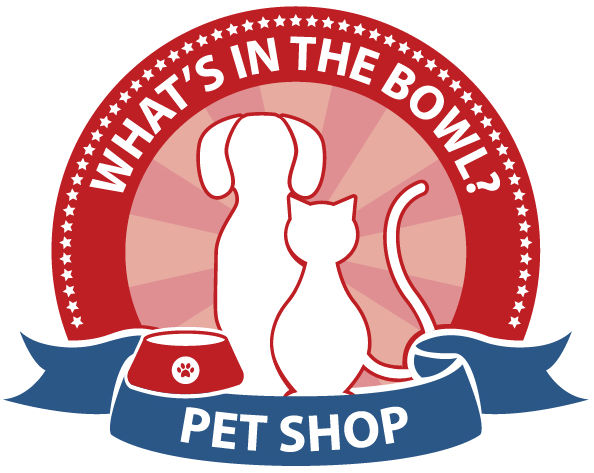
Guest Contributor— Answers Chief Veterinarian, Dr. Doug Knueven, veteran among veterinarians, examines raw nutrition as a healing power of pets and works to ensure an all-encompassing true health (physical, mental and spiritual) regimen in veterinary medicine for animals.
Oral disease is the most common affliction of dogs.
Most dogs over the age of three years have some level of gingivitis or periodontal disease. The development of oral disease is insidious. Bacteria in the mouth coat the surface of the teeth forming plaque. Over time the bacteria incorporate minerals and develop into thick, brown tartar. Eventually the bacteria work their way under the gumline causing gingivitis. If left untreated, the bacteria dive deeper into the tissues surrounding the tooth root resulting in periodontal disease and tooth root infections which can be very painful.
What’s more, once the bacteria invade the gumline they gain access to the blood, which can have far reaching effects. Research shows that periodontal disease is linked to heart conditions[i] and an increase in systemic inflammation[ii] in dogs. At the stage of tartar and gingivitis, the pet needs to have their teeth cleaned by a veterinarian. Because animals do not rinse and spit the way we do, dental work requires general anesthesia. Many times, extractions are needed. The whole ordeal can get expensive and is not without risk. Obviously, prevention is the best course of action.
Many pet caregivers, and even some veterinarians, believe that kibble cleans a pet’s teeth. The truth is that dry pet food does nothing to scrape the plaque and tartar off the teeth. As soon as the tips of the teeth contact the kibble, the nugget crumbles. Thinking that chewing dry pet food cleans a pet’s teeth is like believing that chewing on pretzels keeps our teeth clean – no brushing necessary.
Another thing to consider is that, unlike Answers raw pet foods, all kibble is high in starch (even grain-free dog food). Since starch readily breaks down into sugar that feeds bacteria, I believe that dry pet food is a major contributor to the pet dental disease epidemic.
The Answers Three-Pronged Approach to Oral Health
First, Answers foods provide optimal nutrition to keep the tissues of the oral cavity at their healthiest level, and healthy tissue is better able to ward off invading bacteria. Fermented, raw foods are loaded with enzymes that can improve circulation, help speed tissue repair, and reduce pain, swelling, and inflammation —all helpful in healing gingivitis and gum disease. Raw milk is rich in Vitamin K2, which assures proper placement of calcium, and fermented bone stocks provide minerals in a form that the body can easily absorb. All these factors l work together synergistically to keep the teeth and jaw bones strong and healthy. Fermented stocks also contain glycosaminoglycans (GAGs), which help repair compromised gum tissue and strengthen the ligaments that hold each tooth in place.
Second, Answers products use fermentation to propagate probiotic bacteria. These good bacteria inhibit the growth of bad bacteria that cause oral disease. By maintaining a healthy oral microbiome, these fermented foods help the mouth’s natural disease-fighting systems stay fully functional. Also, when the probiotics reach the gut, they improve the function of the systemic immune system which further helps to maintain oral health.
Finally, Answers has unique products to help with the mechanical removal of plaque, namely fermented chicken and pig feet. These are great for dogs to chew on for healthy gums and teeth. They naturally “brush” teeth clean while being chewed, scraping away plaque. Fermentation provides good bacteria that help prevent plaque from forming and is wonderful for overall oral health. Fermented chicken and pig feet are also a good source of glucosamine from cartilage that supports bone health. Of course, what a veterinarian sees as tools for dental disease prevention, pets regard as yummy, fun treats.
Oral disease can be deadly, and chances are that your dog is at risk. Defy the odds and prevent oral disease in your dog with the Answers approach.
Link To Source Post

